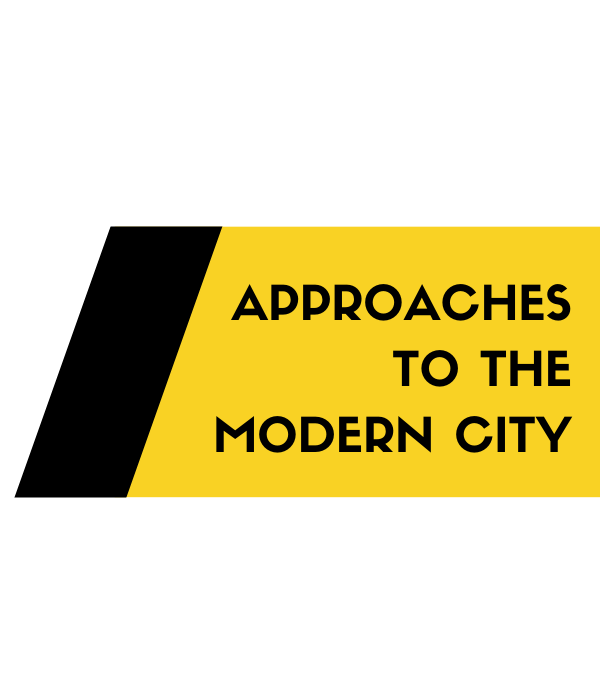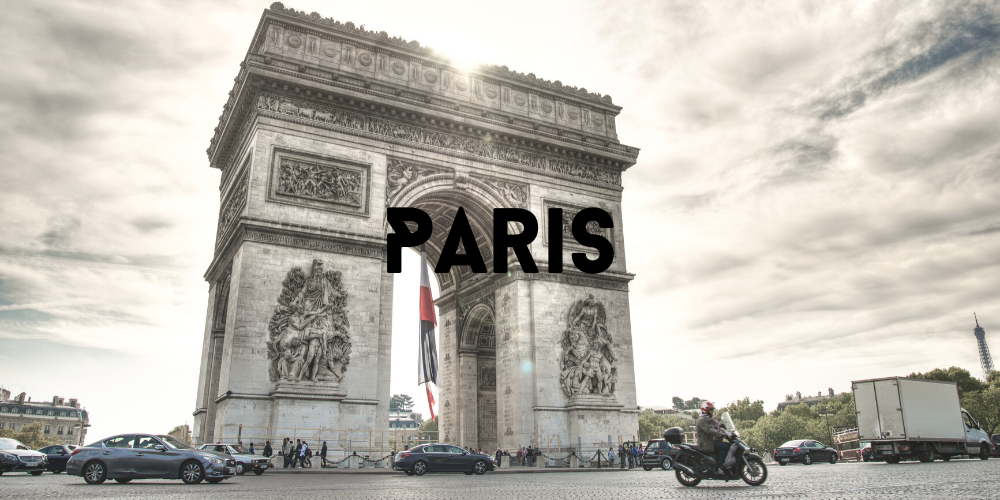Paris is an old city with relatively new bones. The area was inhabited since before the common era by the Parisii Tribe who used the Ile de la Cite as a trading place. The city developed over the years as it became the perpetual capital of those who ruled the land that is now France. The city grew organically and featured winding medieval streets and tiny alleys with buildings leaning over them. In the modern day this is seen as historical charm but in the 1700s it was seen as ugly and ill-befitting the capital of a country as powerful as France, and moreover a public health hazard. This came to a head when Napoleon I, Emperor of France, decided Paris needed to be a city suited to an imperial capital. He made only meager improvements, however, before his reign ended.
It was his nephew, the Emperor Napoleon III, whose reign truly transformed the city. He brought in Baron George Eugene Haussmann to redesign the city. By the end of Napoleon III’s reign, while not complete, Baron Haussmann’s plans had transformed the city of Paris, wiping away much of the old city. If the old Paris was vernacularly built, the new Paris was intentional. The buildings were constructed in a relatively uniform design with similar materials and specific floors were even designated for specific purposes, be it ground-floor retail, upper-class housing, or servants’ quarters. Streets were planned and straight and open. The new boulevards and avenues were lined with trees. Large parks and green space were set aside for Paris’ inhabitants. The very definition of Paris itself had been changed in the early 1840s, as it annexed outlying towns and suburbs (faubourgs) and then surrounded its new demesne with walls. The new walls created a formal boundary to the city separating it from invaders, but also other Frenchmen. Grand railway stations became the new entrance to Paris, greeting the new visitors who flocked to the city for the Exhibitions of the 19th century that showcased the city’s progress. The city evolved with each decade until by the turn of the century it had grown into its designs.
As travel beyond national borders became more possible and accessible, Paris became a center of tourism, punctuated by the world’s tallest tower at the time of its construction, the Eiffel Tower. In the modern age, few other cities have attracted as many onlookers and tourists as Paris, and the city’s economy has changed to match this. People once flocked to Paris because it was center for industry, but no longer. Unfortunately, many of those who sought prosperity in Paris have instead found poverty on the outskirts. As Paris continues to charge a premium to reside in it, many find themselves stranded outside in brutalist public housing rather than beneath mansard roofs in the city center. For all of its charm, Paris is still a city with the same problems and conundrums that confound many other cities. Poverty, crime, homelessness, and even terrorism remain issues. Nevertheless, long after the 2nd Empire fell, and after France’s remaining empire slipped away, the city designed to be an imperial capital retains its status.
I have been to Paris, once, and it was for just about twenty four hours, and I was asleep for at least eight of those. Nevertheless, I was able to pack quite a bit of sightseeing into my very tight itinerary. I had learned about Paris from afar for many years while learning French, so it was an important event personally to finally see the city in person. Still, I only got a slight glimpse of the city that captures so many tourists’ imaginations, so I wanted to investigate and learn more about the city and what made it the way it was, so that I can better appreciate it when I one day return, and so that others may learn about this fascinating city as well.
Paris is an incredibly well studied city in the realm of urban design, and I did find it a bit daunting to dive in to such an ocean of information. Part of this is because the works of Baron Haussmann became the prototypical example of urban design, and his designs have been greatly studied since he first ordered the reconstruction of Paris. It is not hard to see why; he attempted a wholesale reconstruction of an already established major city.
If there is one thing that was evident, it was that scholarship remains divided on Haussmann. What is the cost of beauty? In Paris’ case, quite a bit. Tens of thousands of buildings were demolished and their inhabitants forced to leave their homes and places of work. The social and geographic divides created by Paris’ reconstruction remain to this day.
But on the other side of this coin is a truly beautiful city. The buildings blend to create a generally cohesive whole that is without a doubt pleasing to the eye. Vanity is not the only achievement though. Disease was once rampant in old Paris, ripping through crowded tenement communities regularly. New sewers, clean streets, and modern buildings raised standards of living to something actually worth living. Haussmann and Napoleon also foisted upon Paris masses of green space and parks to give lungs to a city suffocating from industry.
I am not sure where I personally stand in this debate. After I visited Paris, I described it to others as elegant and grungy. Paris had beautiful streets and buildings and train system I am infinitely jealous of, but also a New York City kind of grime and atmosphere. My expectations were always high from my time learning about its greatness, but tempered by my readings on its myriad problems. I still remember marveling at the high ceilings of the train hall at the Gare de L’Est, and then being harassed for money. I also remember racing the funicular to the top of Montmartre, marveling at the Basilica, and then the view beyond, and then being nearly pickpocketed.
Any city will have its beautiful and rough spots, but with a city as well known and hailed for its beauty as Paris, the difference can seem incredibly stark. It is important to remember as tourist that the cities we travel to are not just passing locales to be briefly visited, but places that are lived in, and have been lived in, and will be lived in. Perhaps the verdict is still out on Haussmann because we do not yet know what his effects on Paris will be. Chinese premier Zhou Enlai was once asked about the effects of the French Revolution, and he famously said, “Too early to say.” Perhaps the same is true of Haussmann.

